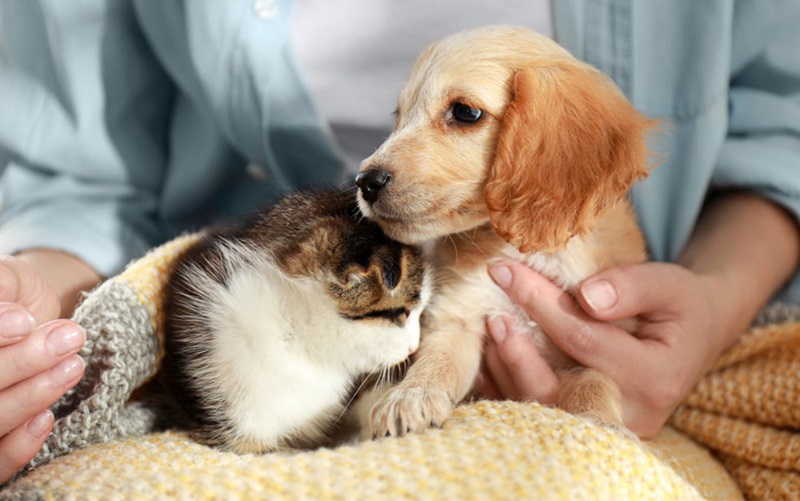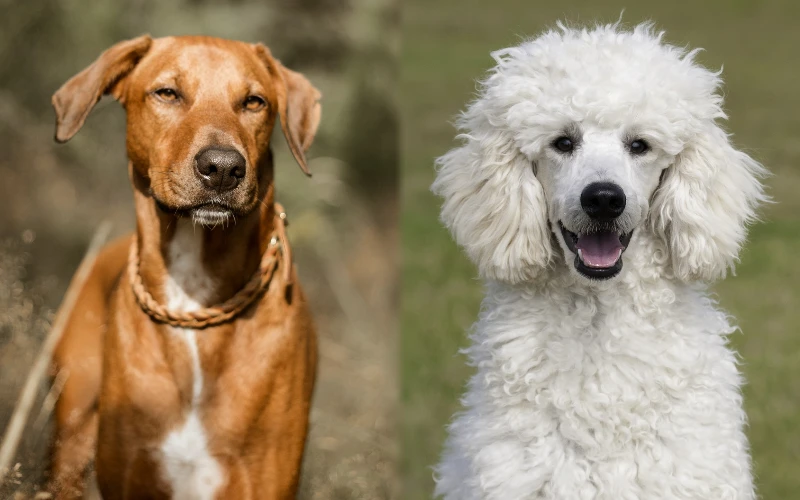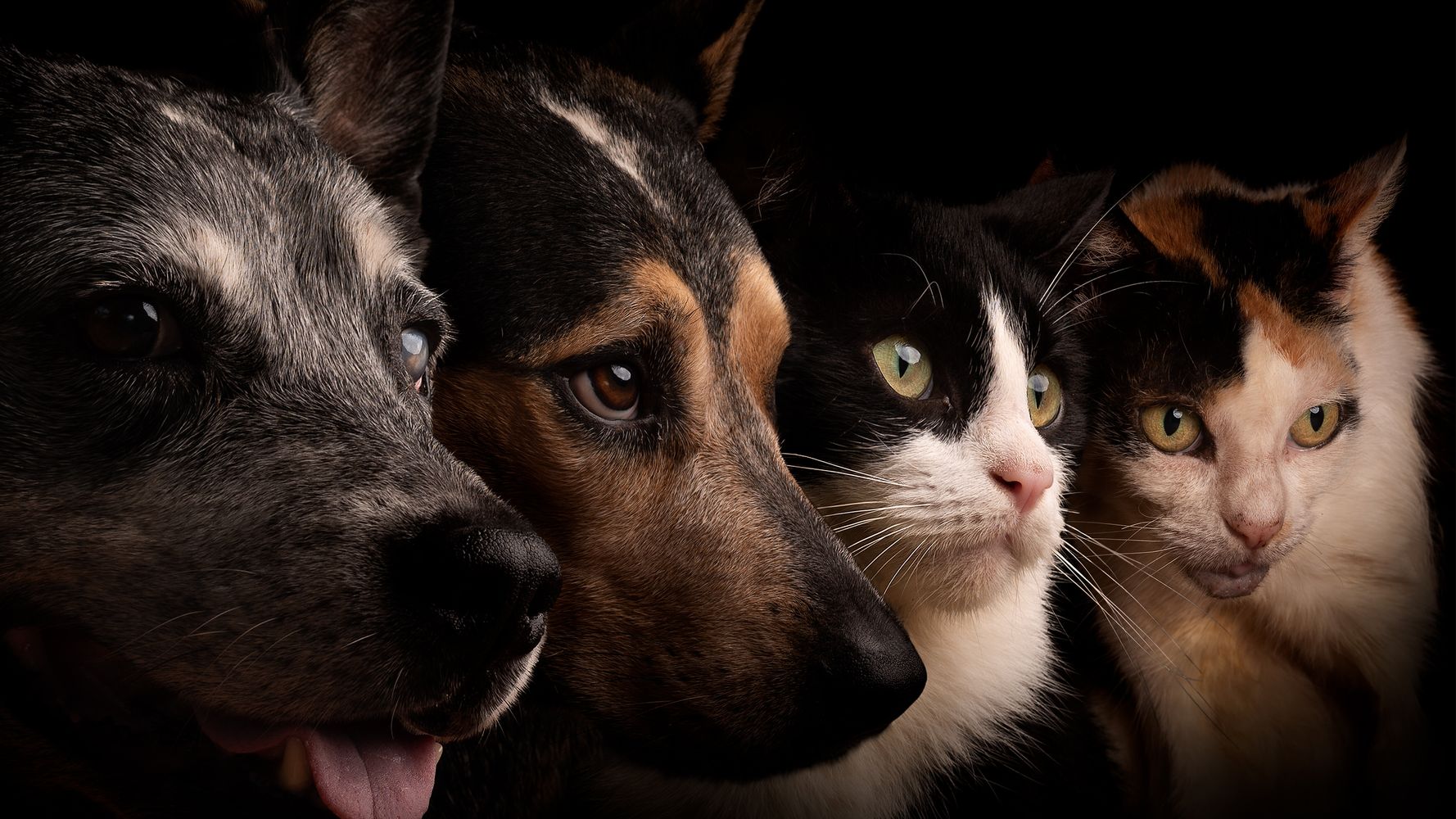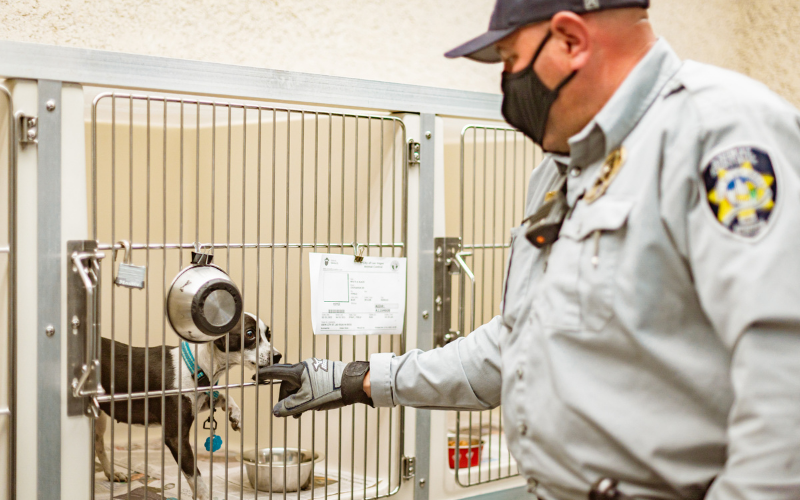Pet ownership is not merely about having an animal companion; it’s deeply intertwined with the social-cultural environment in which owners live. This article explores how societal norms, cultural beliefs, and community structures influence pet ownership practices and attitudes.

The Role of Societal Norms
-
Acceptance and Norms:
- In many cultures, pets are considered family members, receiving the same care and attention.
- Societal acceptance can influence the types of pets people own and how they care for them.
-
Urban vs. Rural Differences:
- Urban areas may have stricter regulations and limited spaces, affecting the choice and number of pets.
- Rural areas often offer more space and fewer restrictions, allowing for a different pet-keeping experience.
-
Community Support:
- Community resources such as dog parks, pet-friendly cafes, and veterinary clinics play a significant role in pet ownership.
- Social support networks, including local pet clubs and online communities, provide advice and companionship for pet owners.

Cultural Beliefs and Practices
-
Cultural Significance of Pets:
- In some cultures, specific animals are revered or considered sacred, influencing pet choices.
- Cultural festivals and traditions may involve pets, reflecting their importance in society.
-
Pet Care Practices:
- Different cultures have unique approaches to pet care, including feeding, grooming, and training.
- Traditional remedies and modern veterinary practices often blend to form unique pet care routines.

-
Influence of Media and Pop Culture:
- Media representations of pets and celebrity pet owners can shape public perceptions and trends in pet ownership.
- Pop culture phenomena, like famous pets on social media, can inspire people to adopt similar pets.
Economic and Social Factors
-
Economic Constraints:
- The cost of pet care, including food, veterinary services, and grooming, can be a barrier for some individuals.
- Economic stability often dictates the ability to provide long-term care and emergency treatment for pets.
-
Social Class and Pet Ownership:
- Pet ownership can vary significantly across different social classes, with wealthier individuals having more resources for pet care.
- Access to premium pet products and services is often limited to higher income groups.

-
Education and Awareness:
- Education on pet care and welfare is crucial for responsible pet ownership.
- Awareness campaigns and educational programs can improve pet care standards across different communities.
Legal and Regulatory Environment
-
Pet Ownership Laws:
- Regulations regarding pet ownership vary by region, affecting aspects such as pet registration, breeding, and vaccination.
- Compliance with local laws is essential for maintaining a harmonious relationship between pet owners and the community.
-
Animal Welfare Legislation:
- Laws protecting animal rights ensure that pets are treated humanely and their needs are met.
- Advocacy and enforcement of these laws are critical for safeguarding animal welfare.
-
Impact of Regulations on Pet Ownership:
- Regulatory measures, such as leash laws and noise ordinances, influence daily pet care routines.
- Understanding and adhering to these regulations is part of responsible pet ownership.

Social Dynamics and Pet Ownership
-
Family Dynamics:
- The presence of children, elderly family members, and other pets can influence pet care practices.
- Pets often play a role in family bonding and socialization.
-
Single vs. Multiple Pet Households:
- Single pet households may focus more resources and attention on one animal, while multiple pet households manage complex dynamics.
- The social interaction between pets can impact their behavior and well-being.
-
Pets and Social Interactions:
- Pets can be catalysts for social interactions, helping owners meet new people and form connections.
- Community events and social gatherings often include pets, enhancing community spirit.

Conclusion
The social-cultural environment significantly shapes the experience of pet ownership. From societal norms and cultural beliefs to economic factors and legal frameworks, various elements influence how pets are integrated into daily life. Understanding these factors can help pet owners navigate the complexities of pet care and ensure a fulfilling experience for both the pets and their owners.
